 1990 Hyundai Elantra I Dimensions, Size & Specs
1990 Hyundai Elantra I Dimensions, Size & SpecsMeasurements of the 1990 Hyundai Elantra I, engineered for optimal performance and comfort
| Dimensions | |
|---|---|
| Length: | 4360 mm171.7 in14.3 ft |
| Width: | 1675 mm65.9 in5.5 ft |
| Height: | 1385 mm54.5 in4.5 ft |
| Trunk Capacity: | 350 liter12.4 cu ft |
| Weight Specifications | |
| Curb Weight: | 1040-1200 kg2293-2646 lbs |
| Maximal permitted Weight: | 1510-1620 kg3329-3571 lbs |
| Tire Specifications | |
| Rims Sizes: |
|
| Tire Sizes: |
|
The Hyundai Elantra I, produced from 1990 to 1995, represents the first-generation sedan of Hyundai's popular compact car line. Measuring 4360 mm (171.7 inches) in length and 1675 mm (65.9 inches) in width, this model was designed to offer a practical and compact footprint for urban and suburban driving. Its height stands at 1385 mm (54.5 inches), contributing to a low and aerodynamic profile. The Elantra I's curb weight ranges between 1040 kg (2293 lbs) and 1200 kg (2646 lbs), depending on the specific trim and equipment, with a maximum weight capacity varying from 1510 kg (3329 lbs) to 1620 kg (3571 lbs). This weight profile made the Elantra I nimble yet substantial enough for comfortable driving dynamics.
Luggage capacity is rated at 350 liters (12.4 cubic feet), providing sufficient space for everyday needs, groceries, and small luggage, a practical advantage for families and commuters alike. The vehicle supports various wheel sizes, including 13- and 14-inch rims, paired with tires sized 175/70 R13, 185/60 R14, and 175/65 R14, allowing flexibility for different driving conditions and owner preferences.
As a compact sedan, the Hyundai Elantra I offered an economical and reliable solution for drivers seeking a balance between size, efficiency, and ease of maneuverability. Its dimensions positioned it well against competitors in the compact segment during the early 1990s, making it a sensible choice for budget-conscious buyers needing a versatile and well-sized vehicle. Overall, the first-generation Elantra remains a notable model representing Hyundai's growth in the compact sedan market during that period.
Discover the standout features that make the 1990 Hyundai Elantra I a leader in its class
Have a question? Please check our knowledgebase first.
The Hyundai Elantra I, produced between 1990 and 1995, features a length of 4360 mm (171.7 inches), a width of 1675 mm (65.9 inches), and a height of 1385 mm (54.5 inches). These dimensions make it a compact sedan suited for city driving and moderate parking spaces while providing adequate interior space for passengers and cargo.
The curb weight of the Hyundai Elantra I ranges from 1040 kg to 1200 kg (2293 to 2646 lbs), depending on specific model configurations and optional equipment. Its maximum allowable weight varies between 1510 kg to 1620 kg (3329 to 3571 lbs). These figures indicate the car's weight including fluids and passengers for curb weight, and the maximum gross weight including cargo and passengers for the maximum weight.
The Hyundai Elantra I offers a luggage capacity of 350 liters (approximately 12.4 cubic feet). This capacity is fairly standard for a compact sedan from the early 1990s, providing enough space for everyday luggage needs such as groceries, small suitcases, or sports equipment, making the car practical for both daily use and occasional longer trips.
The Hyundai Elantra I came equipped with rim sizes of 13 and 14 inches, depending on trim and model year. The corresponding tire sizes included 175/70 R13, 185/60 R14, and 175/65 R14. These tire options provided a balance between ride comfort, fuel efficiency, and road handling suitable for an early '90s compact sedan.
Yes, the Hyundai Elantra I’s compact dimensions—4360 mm (171.7 inches) in length and 1675 mm (65.9 inches) in width—mean it fits comfortably inside a standard residential garage, which is typically about 2.4 to 3 meters (8 to 10 feet) wide and 4.8 to 6 meters (16 to 20 feet) deep. There is sufficient clearance for opening doors and maneuvering within the garage space.
The Hyundai Elantra I (1990-1995) was essentially the first generation of the Elantra model line, meaning it had no direct predecessor under the Elantra name within Hyundai's lineup. Before its launch, Hyundai's sales presence was mostly noted for other smaller vehicles, so this generation set the baseline dimensions for the Elantra's compact sedan category with a length of 4360 mm, width of 1675 mm, and a height of 1385 mm.
The Hyundai Elantra I compares favorably with other compact sedans from the early 1990s, such as the Honda Civic and Toyota Corolla of the same period. With a length of 4360 mm and curb weight ranging from 1040 to 1200 kg, the Elantra was on par or slightly larger and heavier than many rivals. Its luggage capacity of 350 liters was competitive, offering practical cargo space common in this car segment. It offered buyers a reliable, reasonably sized sedan option often at a more affordable price point.
The Hyundai Elantra I provided a comfortable interior space typical for compact sedans in the early '90s, with seating for five passengers. The relatively low height of 1385 mm contributed to a sleek exterior design, and while headroom was adequate, taller passengers might find it somewhat limited compared to more modern sedans. Legroom and shoulder space were suitable for front and rear passengers, making it an overall practical choice for small families or commuting drivers.
The Hyundai Elantra I, being an older model produced in the early 1990s, generally requires standard maintenance such as regular oil changes, brake checks, and suspension inspections. Hyundai's build quality during this period was improving, and the model was known for its reliability and affordable parts. Owners should be particularly attentive to wear in rubber components and potential rust in areas prone to moisture, but overall, the car is considered dependable with proper care.
The Hyundai Elantra I featured a straightforward and aerodynamic sedan design with clean lines characteristic of early 1990s styling. Technologically, it was modest but consistent with the era, incorporating basic amenities such as manual or optional power windows, air conditioning in some trims, and a simple AM/FM radio system. Safety features were basic by today's standards, generally including seatbelts and side-impact reinforcements, but advanced systems like airbags and ABS were limited or absent in initial production years.
Discover similar sized cars.
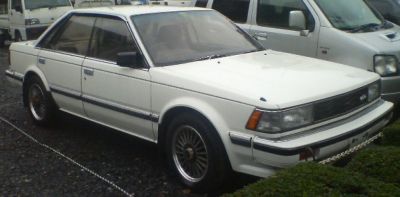
| Production: | 1983-1986 |
|---|---|
| Model Year: | 1983 |
| Length: | 4360 mm171.7 in |
| Width: | 1690 mm66.5 in |
| Height: | 1400 mm55.1 in |

| Production: | 2020-present |
|---|---|
| Model Year: | 2021 |
| Length: | 4384 mm172.6 in |
| Width: | 1725 mm67.9 in |
| Height: | 1450 mm57.1 in |

| Production: | 2020-present |
|---|---|
| Model Year: | 2021 |
| Length: | 4420 mm174.0 in |
| Width: | 1740 mm68.5 in |
| Height: | 1470 mm57.9 in |
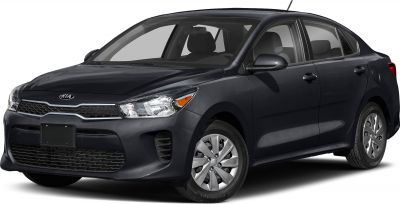
| Production: | 2017-2020 |
|---|---|
| Model Year: | 2017 |
| Length: | 4384 mm172.6 in |
| Width: | 1725 mm67.9 in |
| Height: | 1450 mm57.1 in |
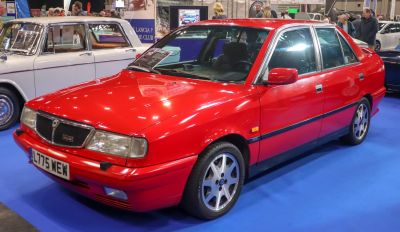
| Production: | 1989-1999 |
|---|---|
| Model Year: | 1989 |
| Length: | 4345 mm171.1 in |
| Width: | 1700 mm66.9 in |
| Height: | 1417-1430 mm55.8-56.3 in |
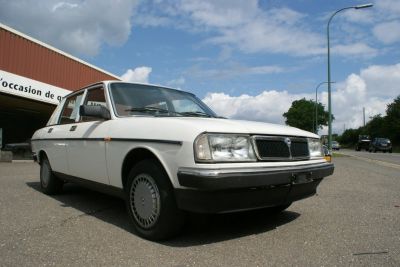
| Production: | 1982-1984 |
|---|---|
| Model Year: | 1983 |
| Length: | 4355 mm171.5 in |
| Width: | 1706 mm67.2 in |
| Height: | 1400 mm55.1 in |
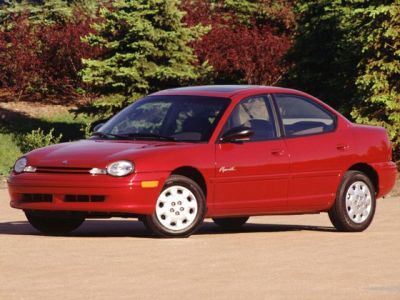
| Production: | 1994-1999 |
|---|---|
| Model Year: | 1994 |
| Length: | 4364 mm171.8 in |
| Width: | 1708 mm67.2 in |
| Height: | 1391 mm54.8 in |

| Production: | 2001-2011 |
|---|---|
| Model Year: | 2002 |
| Length: | 4376 mm172.3 in |
| Width: | 1735 mm68.3 in |
| Height: | 1446 mm56.9 in |
